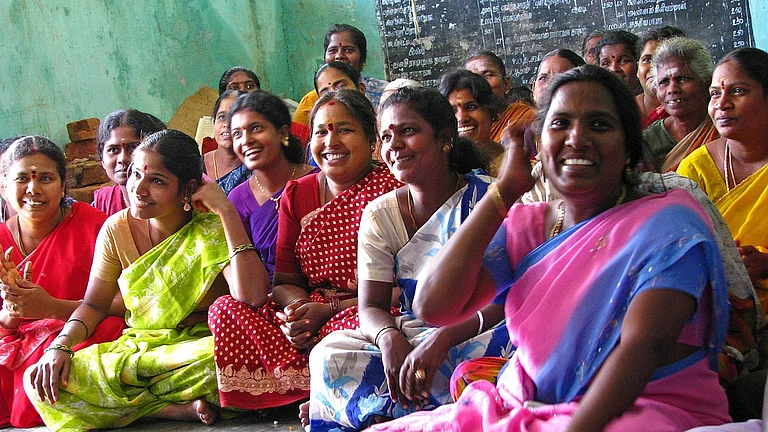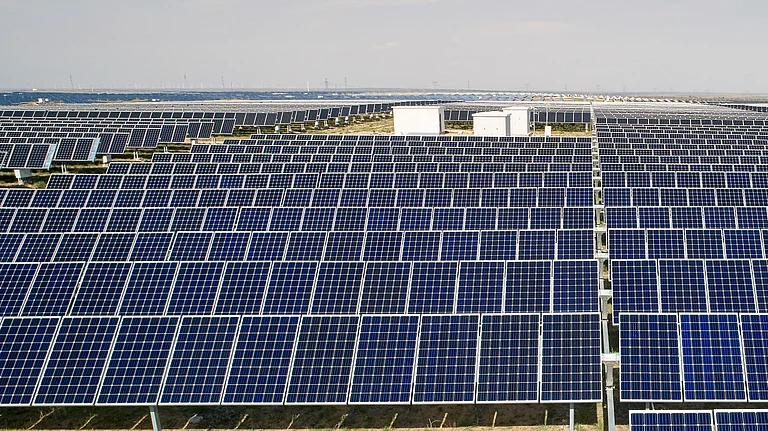Although climate change is often seen only as a problem for health, it also puts access to health-care, its quality and the financial viability of individuals and institutions at risk.
Health Infrastructure
Extreme weather events disrupt infrastructure and communication systems, which are critical to maintaining access to emergency services and health care. Hospital supply chains may also be disrupted, leading to shortages of essential pharmaceuticals and medical devices.
The effects of climate change will be felt mostly in countries where health systems are weak and the capacity to adapt and respond to climate change is low. But developing climate-resilient health-care infrastructure in these countries requires substantial financial investments.
Often, countries also lack the technical expertise to design and implement climate-resilient health infrastructure. Building this infrastructure requires collaboration across multiple sectors, including health, environment, urban planning and disaster management.
First, governments need to strengthen health adaptation plans and integrate climate change risks in national disaster risk management.
Next, there is a need to allocate funds towards retrofitting and climate proofing existing critical infrastructure to make them climate resilient. New health-care facilities must incorporate resilient design features, such as elevated structures, flood barriers and energy-efficient systems.
Telemedicine infrastructure can be developed to provide health-care services remotely, reducing the burden on physical facilities during disasters. Finally, local communities must be encouraged to get involved in disaster preparedness and response planning.
Building Preparedness
India has seen a rise in economic losses to infrastructure caused by natural disasters. Such incidents have also laid bare the vulnerability of health systems in the country, highlighting the importance of an institutional framework that integrates disaster risk management with climate risks.
Integrating climate resilience with disaster management faces several challenges in India, given the country’s size and diverse climatic conditions. Further, upgrading critical infrastructure is a resource-intensive process.
In this context, various stakeholders could take up different responsibilities. Government bodies can focus on inter-ministerial and inter-departmental coordination to develop policies and regulations while health-care institutions should conduct vulnerability assessments, develop emergency response plans and stockpile essential medical supplies. The role of community organisations, academia and the private sector is also critical to ensure information dissemination and collaboration to develop solutions.
Equitable Access
Promoting equity in access to technological innovations involves widening the reach of the latest diagnostics, medical devices, therapies and digital health tools. This is a crucial element in reducing systemic inequities in health-care delivery.
Digital health-care solutions are becoming the bridge through which the limitations of health-care infrastructure can be addressed and last mile delivery be ensured. This is important to lay the groundwork for ensuring health justice and making health care available to all.
Promoting digital literacy to achieve health equity requires the involvement of stakeholders, from government, advocacy groups, researchers, health care practitioners to the common citizen. Some interventions that can promote equity in access to technological innovations include simplifying and customising health technology among communities that find it difficult to integrate it into their lives, fostering local ownership of these technologies rather than imposing their use from the top and embedding equity in access to these technologies.

Greening Health Care
The health-care industry is a significant contributor to pollution and carbon emissions, impacting air and water quality. By adopting eco-friendly technologies and waste reduction measures, green health- care initiatives can mitigate adverse environmental effects.
Many health-care facilities in India, however, lack the infrastructure and resources to effectively implement green technologies. Upgrading existing infrastructure and adopting sustainable designs can be expensive and logistically challenging.
There is also a lack of awareness to ensure the implementation of green practices. Several institutions operate on limited budgets and allocating resources for green initiatives may compete with other health-care priorities, making it difficult to invest in sustainable practices.
Greening India’s health-care systems requires a strategy that includes planning, financial incentives, infrastructure improvements, technological advancements, and communication and outreach efforts.
Telemedicine and Digital Health
The scope of digital health solutions has expanded over the past few years, and includes mobile health, wearable devices, health-information systems, telehealth platforms, telemedicine and personalised medicine.
Health-care practitioners are advocating the adoption of digital health technologies to reduce inefficiencies and provide services in remote and inaccessible areas.
But there is a huge disparity in technology access and literacy among communities and demographics, which widens the health-care gap instead of reducing it. The ability to use digital health technologies effectively requires training of practitioners, which is a resource-intensive process.
The handling of sensitive medical records is a critical task and there is no consensus yet on how this should be handled. Telemedicine is also subject to various regulations and licensing requirements that can prove to be a challenge.
Enforcing strict data protection and privacy laws to safeguard patient information can address some of these concerns. Integrating telemedicine into public health initiatives, especially for remote monitoring of chronic diseases and epidemic control can be another solution.
Vietnam—Engaging with Communities
The Vietnamese government has established a framework for disaster risk management and climate that has helped the country transition from a post-disaster, reactive response strategy to one focused on risk-informed planning and resilient infrastructure. Community-based projects, including climate resilient maintenance of rural roads and renovation of irrigation facilities, have generated employment opportunities and benefited over 3mn Vietnamese people.
India—Vaccine Success
India’s success in developing a Covid-19 vaccine and making it available to the masses, both at the domestic and international levels, is an exemplary model of facilitating equity in access to technological innovations. Mission Covid Suraksha was launched through a public-private partnership and with a stimulus of Rs 900 crore. The initiative enabled the development of indigenous, affordable and accessible vaccines for the country.
The Sustainable Swedish Solution
Hospitals in Sweden collaborate with cities to create more sustainable systemic solutions, encompassing sustainable heating, cooling, wastewater treatment and clean energy access. The health sector consistently adheres to green building standards, efficient waste management and the integration of renewable energy. Institutions like the New Karolinska Solna Hospital utilise geothermal energy along with district heating and cooling, resulting in near climate-neutral energy consumption.











